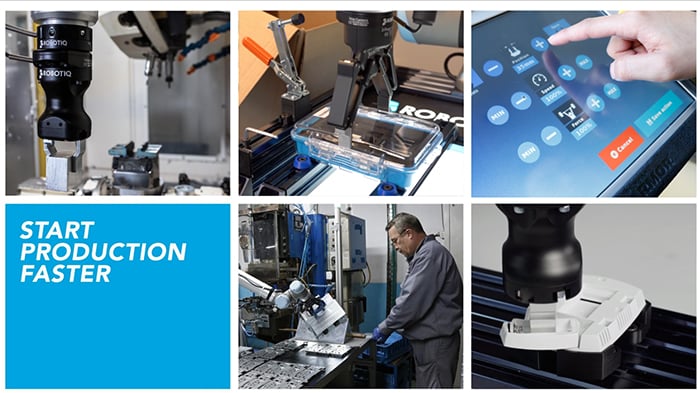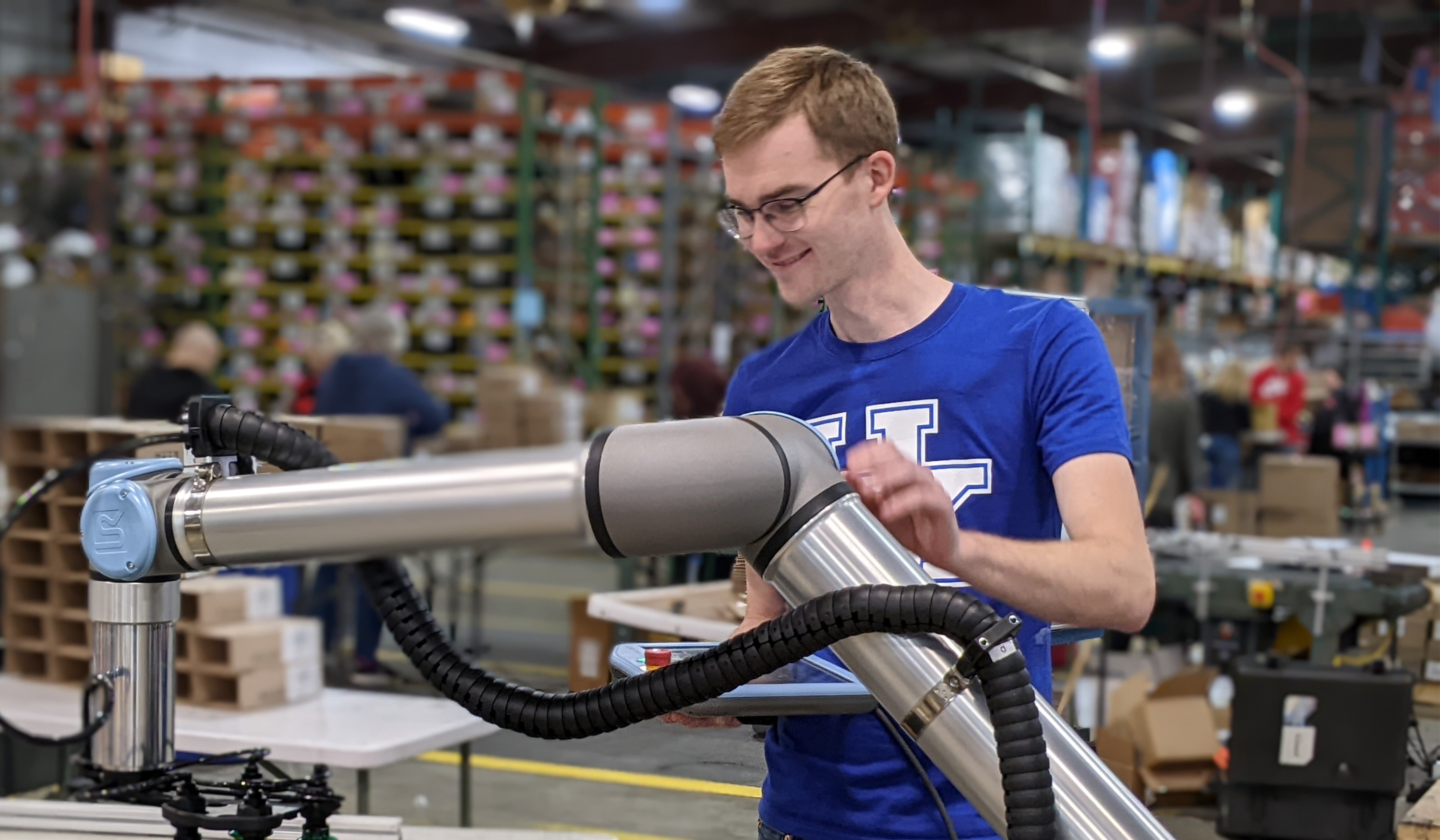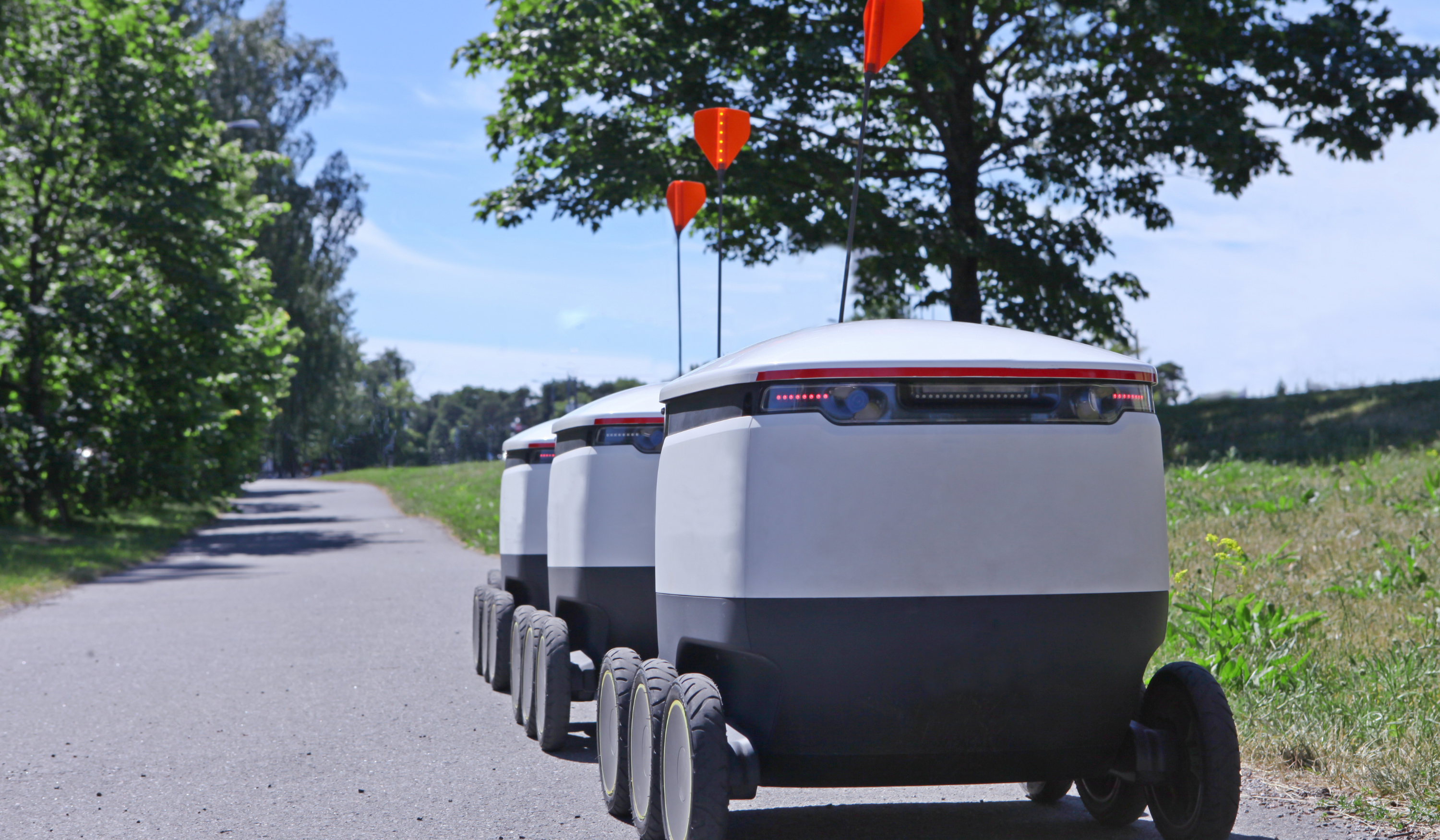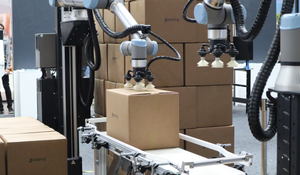Cobots vs. Covid Initiative: Keep it Simple!

Posted on Apr 08, 2020 4:39 PM. 3 min read time
- This article is the third in a 7-part series supporting our Cobots vs. Covid initiative
- Watch our 23-min video explaining the program.
- Ready to take action? Contact us now.
- Today’s article: Why keeping it simple is critical to success, and how to do it.
Key to Success #2: Keep It Simple
In the last article, we explained why and how to start simple by choosing the right cobot application. This is the first critical step that will make or break the project.
But once the target application has been identified and you’ve started the project, you also have to keep simplicity in mind at all times until the cobot starts production.
Why Simplicity Matters
Remember that an incomplete cell creates zero value. It’s just a pile of equipment taking up space on your floor. Your cell only starts to pay off once production begins.
Feature creep will kill you. Have you ever done a home improvement project that dragged on endlessly and went way over budget because you thought "While we’re at it, we may as well add..."? Don't do this with your cobot project.
In normal times, this would increase the odds of blowing your budget and schedule. During an emergency, the high pressure makes it even more important to keep it simple and keep it moving. This is not a time for “nice to haves,” it’s a time for “must haves,” because at the end of the day, it must work.
How to Keep It Simple
One great thing about cobots is they’re not an all-or-nothing technology, but a good 80-20 technology. In other words, you don't need to automate 100% of a given task with a cobot. Put in 20% of the effort to automate 80% of a task, and you’ll get a great payback. If you’re familiar with the 80-20 rule, you also know that 80% of your effort is required to complete the last 20% of the automation process—the most difficult 20%. So instead of trying to make a task 100% automated, leave the hardest 20% to a human operator. Then, you’ll only have to dedicate 20% of the effort to achieve 80% of the result!
Also, because cobot technology is flexible and easy to use, you can get it running, and then tweak over time as part of your continuous improvement process. So the strategy here is to identify the minimum viable robotic cell (MVRC): the cell that has the minimum set of functionalities needed to bring value to your factory floor. You should stick to that MVRC throughout the project and refrain from adding any “nice to haves” until the cell is in production. Get it started first, and then you can think about improving it.

How We Will Work as a Team to Keep it Simple
- Keep it simple in the Design phase: We’ll do the design phase together, during which we’ll agree on the minimum viable robotic cell. Using the standard Robotiq Plug & Play components, we can automate a wide variety of tasks while maintaining simplicity.
- Keep it simple in the Integrate phase: Simplicity is key not only in the design, but also in the programming structure. Once you've finished the installation and started programming, we will connect remotely to offer coaching on programming best practices, and to help ensure your program structure is simple and robust.
- Keep it simple in the Operate phase: Once you’re in production, we will use robot analytics and remote access to help you optimize the program and ramp up capacity.

Want to take action?
Upcoming article: Key #3 - Standardize







Leave a comment